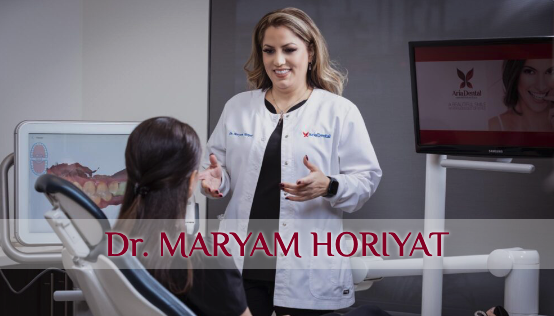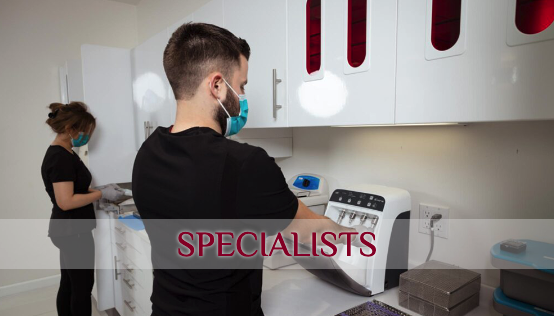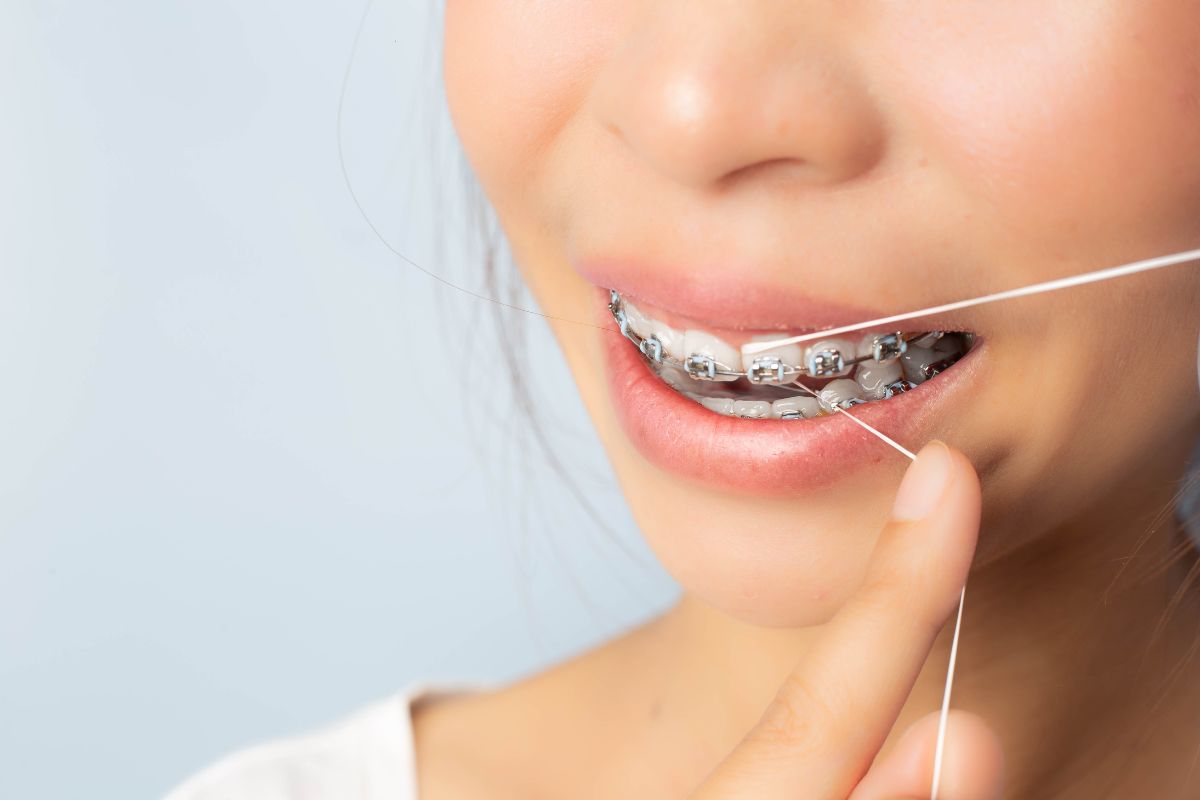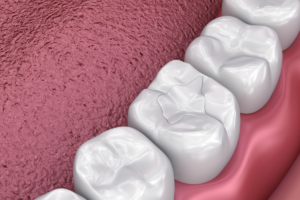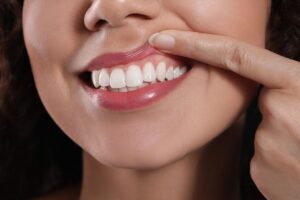Maintaining your oral hygiene while the braces are working their magic is a big part of the treatment that is often overlooked. You should floss if you want to see the perfect result when you finally remove the braces, and here is the step-by-step guide on how to floss with braces.
Why Is It Important to Know How To Floss with Braces?
The whole point of flossing is cleaning parts of your teeth that the brush cannot reach. When you have braces, there are more obstacles for your toothbrush to reach the surface and do its job. That is why flossing with braces is more crucial to oral hygiene than regular flossing.
Flossing gets out food debris and removes bacteria buildup, preventing decay and gum disease. You can only imagine how hard it is to treat a cavity with braces. In some cases, the braces need to be removed to address the dental issue. So, you can see flossing is much, much less trouble.
Choosing the Right Technique
Thankfully, there are several ways to floss with braces, and you can pick one that is more accessible for you. In this article, we introduce three main categories:
Traditional Flosses
Your first option, of course, is the traditional flosses. These are the most familiar but not the most efficient for teeth with braces. If you have sensitive gums, dental tapes are less painful for you. These tapes usually look just like regular floss, but they are wider and don’t make your gum bleed.
Specialized Dental Tools

Specialized dental tools in the market help you clean your teeth more easily and quickly; these are floss threaders and interdental brushes. Floss threaders are inexpensive plastic tools that make flossing much quicker compared with traditional flosses. Interdental flosses are also dental tools that clean the space between your teeth to avoid any periodontal pockets.
Alternative Methods
Water flossers or oral irrigators are the alternative method to flossing, with their own pros and cons. They are devices that spray water with pressure to clean the teeth at home. They need a little manual movement but are expensive and might not clean your teeth with braces as well as the methods mentioned before.
Step-by-Step Guide to Flossing with Braces

Now, we get to the step-by-step guide for flossing with braces. It’s not that hard. There are only three steps:
Step One: Preparation
It doesn’t matter what brand or color your traditional floss is. You just need to ensure it is waxed so it won’t tear or get stuck between the brackets of your braces. When you want to start flossing, you need to cut about 20 inches of string. If using a floss threader, put it near your hand reach.
Step Two: The Flossing Process
Stand in front of a mirror to see where the string is going, and pass it under the main wire of your braces. You can also use your floss threader to get the string behind the wire. Then, pull it free from the threader and wrap it around your index fingers. Now, you can gently press the floss between your teeth. Slide it up and down between your teeth. If it’s a top tooth, do a U-shaped slide to clean it properly. At the end, slowly get it out of the wire to go to the next tooth.
Step Three: Rinsing and Inspecting
When you flossed all your teeth as instructed, you can brush them, rinse them with water, and inspect them to ensure they are clean and no bracket is loosened. There shouldn’t be any problem with your braces if you’ve followed the second step carefully and gently. However, if there is something wrong with your braces, contact your dentist as soon as possible.
Tips and Tricks for Easier Flossing
Complementary to these steps, there are some tips and tricks for flossing you need to know:
- Floss at least once a day to clean food debris and plaque;
- Don’t use whitening toothpaste because it can’t get under the brackets;
- Consider buying an electric toothbrush for better results;
- Schedule regular visits with a dentist to ensure there are no cavities during your treatment.
Do You Need a Holistic Dentist?
This article has explained how to floss with braces and why you should have this in your daily routine. However, for your specific needs and concerns, you need a holistic dentist to consult. Aria Dental in Orange County, California, is a holistic and biological center that provides many services, including orthodontics. Contact us for an appointment so our team can talk to you.

FAQ
Most Frequently Asked Questions
No. If you never floss, your teeth will have cavities more and faster. You don’t want that.
It is usually recommended to take around ten minutes every time you floss your teeth.
Unfortunately, it doesn’t. But it ensures you have healthy teeth when you take off your braces.
If your gum bleeds, it’s a sign of periodontal disease, and you should see your dentist.







